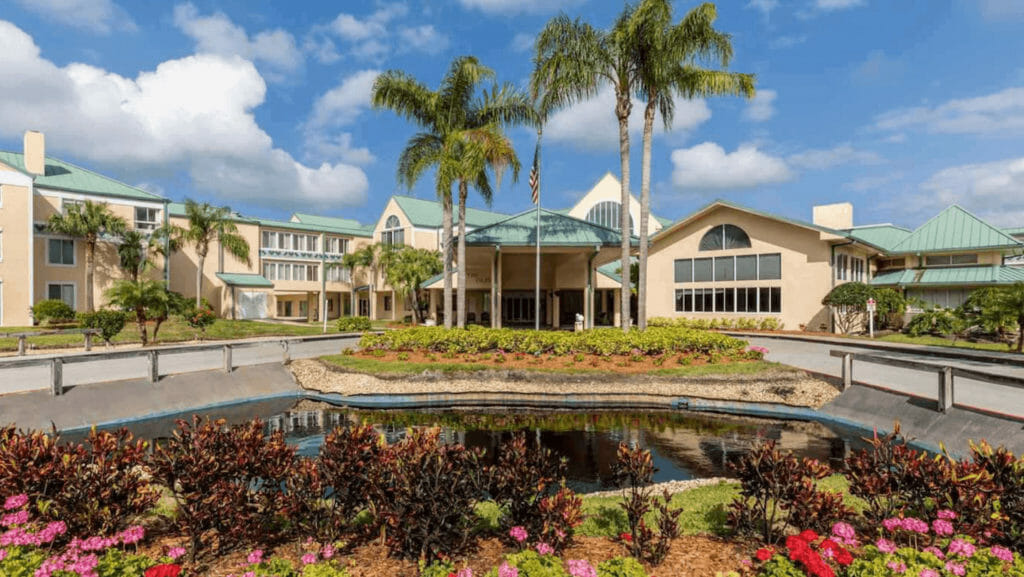
Organizations representing senior living providers said they are pleased that the Centers for Medicare & Medicaid Services is providing guidance to states on how to implement a 2014 final rule related to home- and community-based settings. But they also are looking forward to receiving additional clarity from the agency as states continue to work on their transition plans and determine whether certain senior living settings qualify to provide home- and community-based services.
CMS issued the final rule in January 2014, saying that it would help ensure that beneficiaries of Medicaid-supported home- and community-based programs, including those living in senior living communities, have full access to services. In addition to defining appropriate settings, the final rule gave states additional options for expanding HCBS and to target services to specific populations. It also amended the HCBS waiver program to add new person-centered planning requirements, allowing states to combine multiple target populations in one waiver and streamlining waiver administration.
“The language in the HCBS settings final rule specifically defines HCBS by the nature and quality of individuals’ experiences, using a more outcome-oriented definition of home- and community-based settings rather than one based solely on a setting’s location, geography or physical characteristics,” Peter Notarstefano, LeadingAge’s director of home- and community-based services, told McKnight’s Senior Living.
Although LeadingAge likes the focus of the new rule, added Cheryl Phillips, LeadingAge’s senior vice president of public policy and health services, “There is still some area for confusion at the state level in how they are interpreting this and how they will translate it into state regulations. We think there may need to be more guidance from CMS on how states interpret.”
CMS published its latest guidance on the rule April 12 in the form of questions and answers. Among other points, the FAQs clarify that the agency is not able to determine whether planned “settings presumed to have the qualities of an institution” (in many cases, for instance, independent living and assisted living components of continuing care retirement communities under development) are compliant with the rule before construction is complete. In addition to considerations related to a setting’s physical structure, residents must have “the right to privacy, the ability to choose their own schedules for meals and other activities, and have access to the broader community,” characteristics that must be assessed once the community is operational, CMS said.
Argentum Chief Operating Officer and Senior Vice President of Public Policy Maribeth Bersani told McKnight’s Senior Living that the organization appreciates the latest guidance.
“This information is so timely, because the states are going through the process of determining what is a home- and community-based setting in their state, and then they include that in their transition plans,” she said.
Lilly Hummel, senior director of policy at the National Center for Assisted Living, echoed Bersani’s sentiments and said that NCAL is looking forward to additional guidance from CMS related to the provision of HCBS in memory care units.
The April 12 FAQs noted that the agency will be issuing such guidance but did not specify a timeframe. “CMS intends to feature promising practices in use by providers or otherwise available for implementation that can facilitate compliance with the regulation as well as provide guidance on implications for new construction,” the document stated.
For now, providers must be content with CMS’ implication in the April 12 FAQs that it understands that those serving beneficiaries who have dementia will need to address the potential for wandering and other concerns in their modified person-centered care planning processes, although any modifications must be individualized and cannot be “imposed” on a class of individuals.
Tennessee recently became the first state to have its transition plan approved. All states and all HCBS settings must be in compliance with the final rule by March 17, 2019.
“The guidance is going to be really important for understanding what’s going to happen in 2019,” Hummel said. “Any settings that are not going to be able to overcome the heightened scrutiny review process [which “settings presumed to have the qualities of an institution” must undergo] have to come up with a transition plan, whether they’re going to have alternative funding sources to cover the personal care services for residents who are going to stay in assisted living, or whether they’re going to offer alternatives for the residents to select to move to somewhere else that is an appropriate setting.”
Most professionally managed senior living communities will be able to meet the requirements of the new rule, Bersani predicted. “It’s all about person-centered care, which we completely support,” she added.



